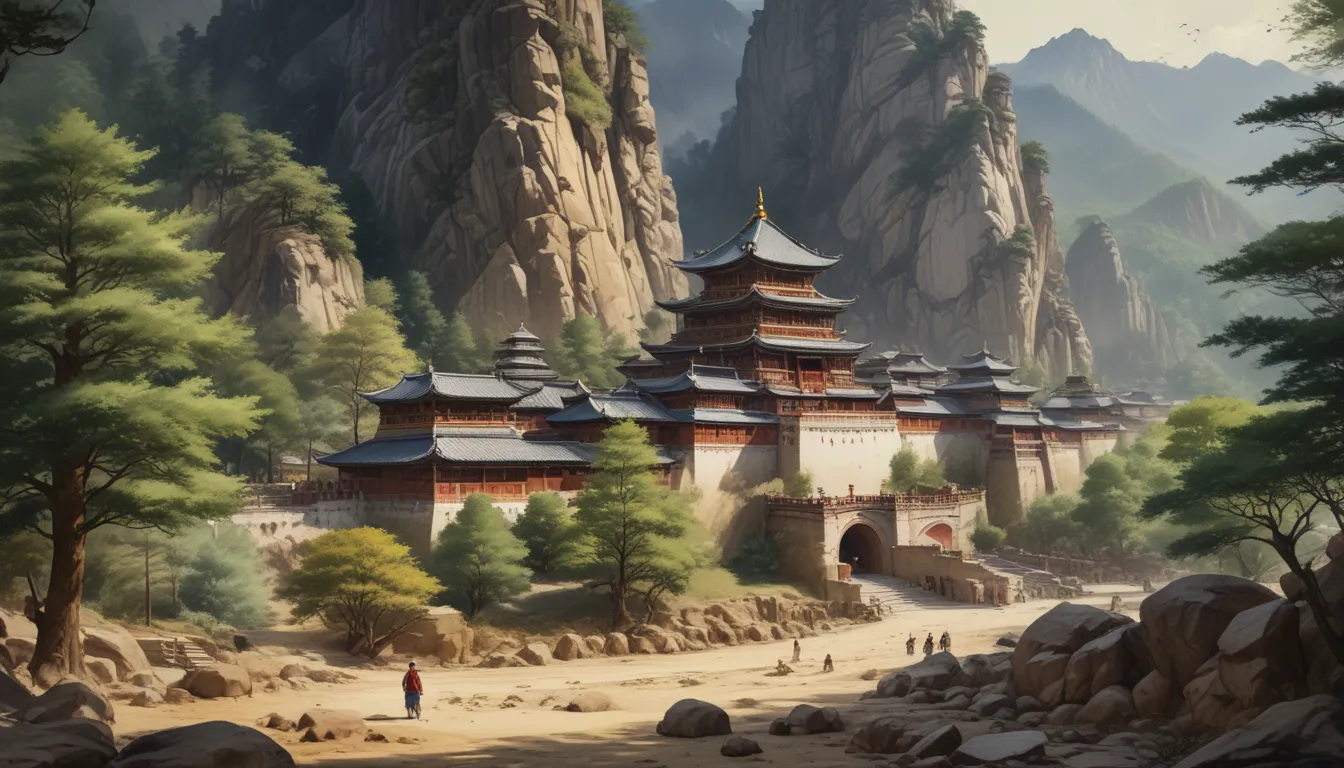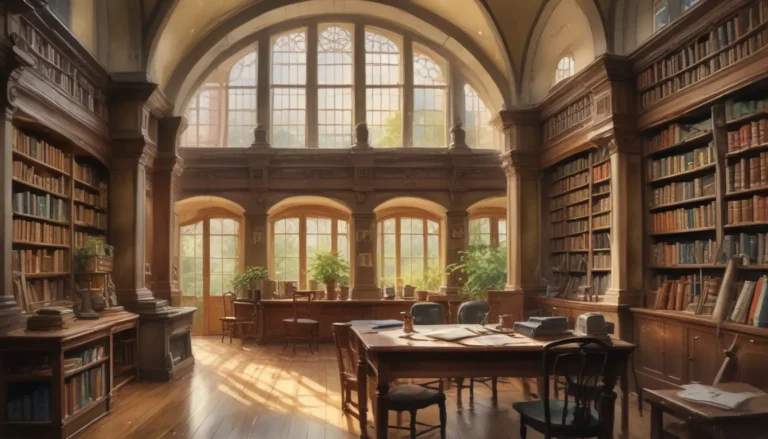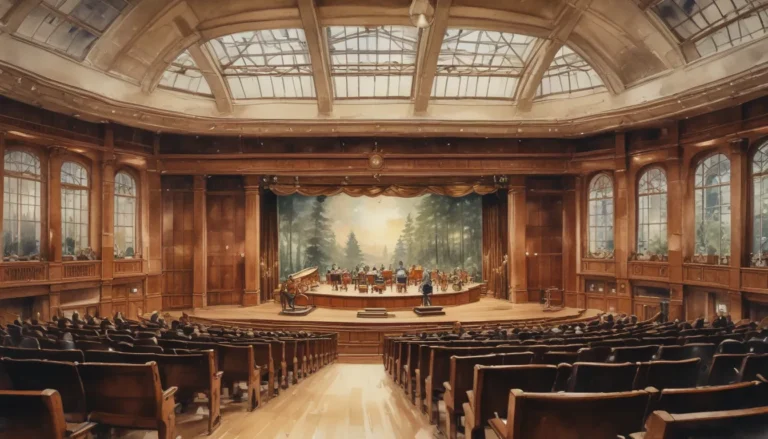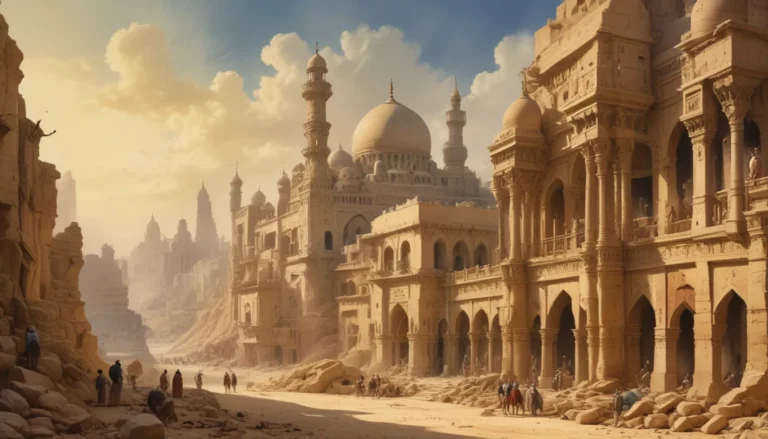The images in our articles are for illustrative purposes only and may not exactly match the content. They are intended to capture your interest and complement the text, not to replace it.
Kumbum Monastery, also known as Ta’er Temple, stands as a beacon of spiritual enlightenment in the Huangzhong County of Qinghai province, China. This majestic Tibetan Buddhist monastery not only serves as a place of worship but also holds profound historical and cultural significance. With a legacy dating back over six centuries, Kumbum Monastery has welcomed pilgrims and visitors from all corners of the globe, offering a glimpse into the rich tapestry of Tibetan Buddhist culture and tradition.
Exploring the Wonders of Kumbum Monastery
- Kumbum Monastery, the birthplace of Tsongkhapa, boasts a harmonious fusion of Tibetan and Chinese architectural styles, housing sacred relics and scriptures. A hub for pilgrims and Buddhist scholars, the monastery is a haven for spiritual growth and contemplation.
- At the vibrant Butter Sculpture Festival, visitors can witness master artisans craft intricate sculptures from colored butter, showcasing their devotion and artistic talents. The monastery’s self-rolling prayer wheels, set in motion by water, carry prayers skyward, a testament to the unwavering faith of its devotees.
Unveiling the Mysteries of Kumbum Monastery
The Birthplace of Tsongkhapa and Gelug Tradition
Tsongkhapa, the revered founder of the Gelug school of Tibetan Buddhism, took his first breath in the sacred grounds of Kumbum Monastery. This monumental figure’s legacy continues to shape the spiritual practices of countless followers.
Architectural Grandeur and Historical Significance
Kumbum Monastery stands as a testament to Tibetan architectural brilliance, with its stupa design, ornate statues, and intricate murals captivating visitors with their beauty and symbolism. Founded in 1583, the monastery has served as a sanctuary for meditation and learning for generations of monks and pilgrims.
Sacred Relics and Spiritual Treasures
Within the monastery’s hallowed halls lies the Golden Stupa, enshrining the sacred relics of Tsongkhapa himself. This revered site holds profound spiritual significance, attracting devotees seeking blessings and guidance on their spiritual journey.
Artistic Expression and Cultural Heritage
From elaborate thangka paintings to delicate wood carvings, Kumbum Monastery is a vibrant hub of artistic expression, reflecting the devotion and reverence of the Tibetan Buddhist community. The monastery’s collection of Buddhist scriptures and texts serves as a valuable repository of Buddhist knowledge and wisdom.
Pilgrimage Destination and Gateway to Enlightenment
Pilgrims from around the world flock to Kumbum Monastery to pay homage, seek solace, and deepen their spiritual practice in the serene ambiance of its sacred grounds. The mythical Sandalwood tree, believed to have sprouted from Tsongkhapa’s staff, beckons visitors to receive blessings and spiritual guidance.
Journey Towards Enlightenment and Inner Peace
Visitors can challenge themselves by ascending the monastery’s remarkable staircase of 100,000 steps, symbolizing a symbolic journey towards enlightenment and self-discovery. The serene Gongtang Pagoda offers a tranquil oasis for meditation and introspection amidst the monastery’s bustling energy.
Embracing the Spiritual Sanctity of Kumbum Monastery
A Beacon of Spiritual Enlightenment
Kumbum Monastery stands as a beacon of unwavering devotion and faith, inspiring all who cross its threshold. The monastery’s vibrant rituals, rich traditions, and profound teachings continue to uplift and inspire visitors from diverse backgrounds and cultures.
Immersing in Tibetan Buddhist Culture
Every aspect of Kumbum Monastery offers a window into the rich tapestry of Tibetan Buddhist culture and tradition. Whether exploring its chapels, engaging in religious ceremonies, or marveling at its architectural beauty, visitors can gain a deeper understanding of Tibetan Buddhism and its profound impact on the world.
Conclusion: A Journey of Wonder and Enlightenment
In conclusion, Kumbum Monastery remains a captivating and awe-inspiring sanctuary that embodies the essence of Tibetan Buddhist culture and tradition. From its architectural marvels to its rich history and spiritual significance, every facet of the monastery invites visitors on a journey of wonder and enlightenment. Whether you are a history buff, an architecture enthusiast, or a spiritual seeker, Kumbum Monastery promises a transformative experience that will leave you with a profound sense of awe and inspiration.
FAQs: Exploring the Mysteries of Kumbum Monastery
- When was Kumbum Monastery built?
-
Kumbum Monastery was built between 1418 and 1427 in the 15th century.
-
How many chapels are there in Kumbum Monastery?
-
Kumbum Monastery boasts a total of 108 chapels adorned with beautiful murals and intricate sculptures.
-
Is photography allowed inside Kumbum Monastery?
-
Yes, photography is permitted inside the monastery, but visitors should be respectful of the sacred surroundings and adhere to any guidelines provided by the authorities.
-
Are there any religious ceremonies or rituals held at the monastery?
-
Kumbum Monastery hosts regular religious ceremonies and ritual events, offering visitors a glimpse into the spiritual practices of Tibetan Buddhism.
-
Can I visit Kumbum Monastery without a guide?
-
Yes, visitors are welcome to explore the monastery on their own, but having a knowledgeable guide can enhance the understanding and appreciation of the site.
-
Is Kumbum Monastery accessible for people with disabilities?
- While efforts have been made to improve accessibility, visitors with disabilities may encounter some challenges. It is advisable to inquire in advance about specific accessibility requirements for a smoother visit.
If you find yourself captivated by the wonders of Kumbum Monastery, consider exploring other fascinating religious sites around the world. From the sacred pilgrimage site of Karbala to the serene beauty of Amaravati Buddhist Monastery, there is a wealth of spiritual sanctuaries waiting to be discovered. Trust in our commitment to quality and authenticity as you embark on a journey of exploration and enlightenment with us.






